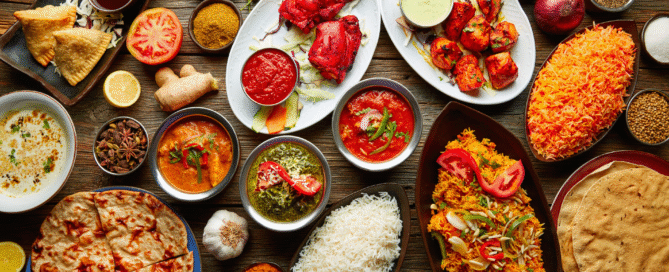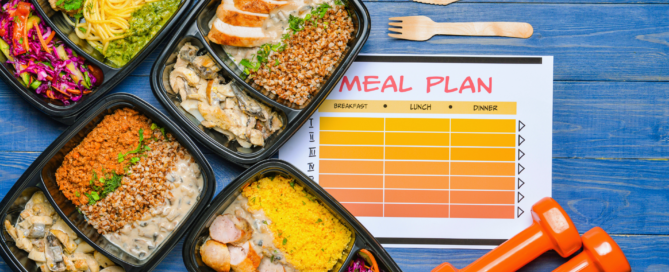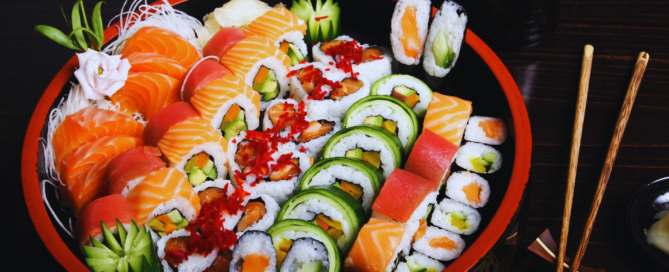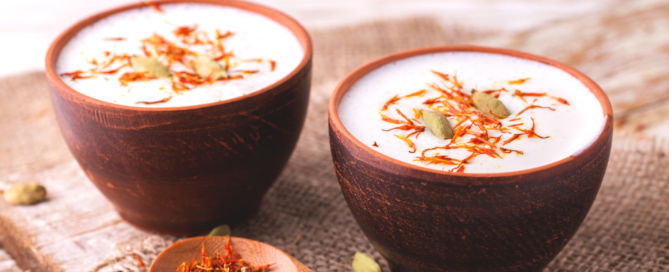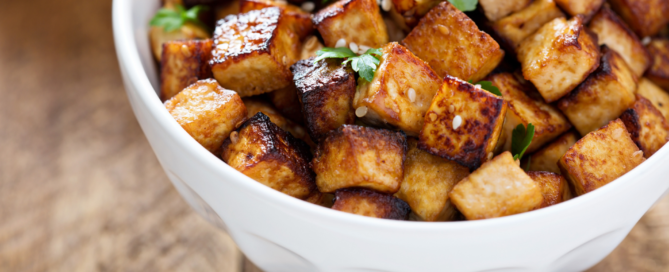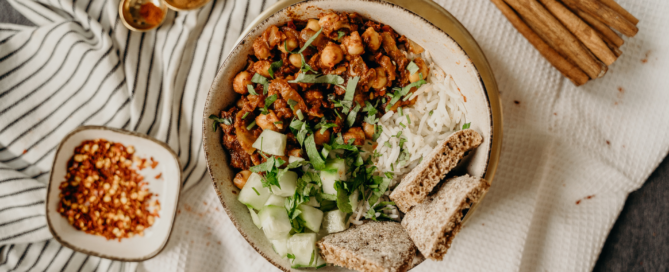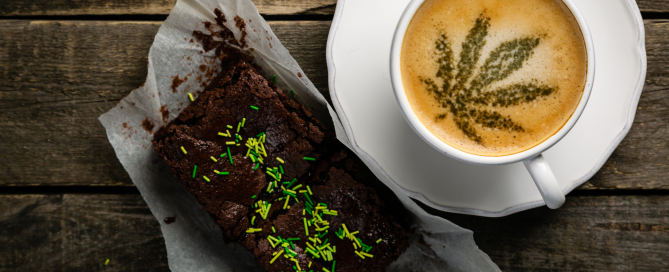Plant-Based Recipes Even Meat Lovers Will Enjoy: Delicious Dishes to Satisfy Everyone
When it comes to plant-based meals, many might assume these dishes are only for vegetarians or health enthusiasts. In reality, there are plant-based recipes that can satisfy even the most devoted meat lovers. These recipes not only showcase the versatility of vegetables but also deliver flavors and textures that can compete with traditional meat-based dishes.
With the growing interest in plant-based diets, many are seeking options that cater to diverse tastes. By incorporating hearty ingredients and bold spices, these plant-based meals can easily please any palate. From creamy pastas to savory burgers, there are numerous ways to create satisfying dishes without meat.
Exploring these recipes opens the door to a wider culinary experience. They offer a chance to enjoy delicious meals while introducing healthier choices. This approach can transform food habits without sacrificing taste or enjoyment.
Why Plant-Based Recipes Appeal to Meat Lovers
Plant-based recipes can attract meat lovers by offering rich flavors, satisfying textures, and numerous health benefits. Addressing common misconceptions about plant-based eating also helps to break down barriers and encourages broader acceptance.
Understanding Flavor and Texture Satisfaction
Many meat lovers appreciate robust flavors and hearty textures. Plant-based meals can deliver this through ingredients like mushrooms, smoky spices, and umami-rich seasonings.
- Mushrooms: Portobello and shiitake mushrooms provide a meaty texture and rich flavor.
- Spices: Smoked paprika, cumin, and garlic can enhance dishes significantly.
- Legumes: Beans and lentils offer protein and a satisfying chewiness that mimics meat.
By combining these elements, plant-based dishes can create an enjoyable eating experience for those who typically prefer meat.
Health Benefits of Plant-Based Meals
Plant-based recipes support healthier eating habits and can lead to various health benefits. Meat lovers may be drawn to these meals for potential improvements in well-being. Key benefits include:
- Lower Cholesterol: Plant diets have been linked to reduced cholesterol levels.
- Weight Management: High fiber content helps with satiety, aiding in weight control.
- Reduced Disease Risk: A diet rich in fruits and vegetables may lower the risk of chronic diseases like heart disease and diabetes.
Incorporating plant-based meals provides a path to improved health while satisfying culinary preferences.
Myths About Plant-Based Eating
Some meat lovers have misconceptions that can deter them from trying plant-based recipes. Common myths include:
- Inadequate Protein: Many believe plant-based diets lack sufficient protein. In reality, foods like quinoa, chickpeas, and edamame provide ample protein sources.
- Bland Taste: The notion that plant-based meals are tasteless can be disproven with vibrant spices and fresh ingredients.
- Unsatisfying Portions: Many assume plant-based meals will leave them hungry, but hearty grains and legumes provide substantial portions.
Addressing these myths can encourage meat lovers to explore the delicious variety available in plant-based cooking.
Essential Ingredients and Techniques for Savory Plant-Based Cooking
Savory plant-based cooking relies on specific ingredients and techniques that create depth and complexity in dishes. Understanding how to build umami and utilize certain vegetables can transform meals, making them appealing even to meat lovers.
Building Umami With Vegetables and Spices
Umami is a key element in savory cooking, and it can be achieved using various vegetables and spices. Ingredients like mushrooms, tomatoes, and fermented products play essential roles.
- Mushrooms: Varieties such as shiitake and porcini are rich in umami and add a hearty texture.
- Tomatoes: Sun-dried or roasted tomatoes intensify flavor.
- Fermented Foods: Miso or soy sauce enhances depth.
Incorporating these elements in sautéing or soups significantly boosts flavor profiles. Spices like smoked paprika or nutritional yeast can also contribute to enhancing umami, giving dishes a satisfying taste.
Using Carrots and Root Vegetables for Depth
Carrots and other root vegetables are crucial for adding sweetness and body to dishes. Their natural sugars caramelize when roasted, providing a rich flavor.
- Carrots: Versatile for soups, purees, and salads. Their natural sweetness pairs well with savory spices.
- Beets: Can offer an earthy flavor and vibrant color.
- Parsnips: Provide a subtle flavor and creaminess when cooked.
Incorporating these vegetables into stews or roasting them with herbs can enhance the overall flavor. Blending them into sauces or dips can also offer a satisfying texture and taste.
Mastering Cooking Methods for Maximum Flavor
The cooking method can significantly impact flavor in plant-based dishes. Techniques such as roasting, sautéing, and braising allow ingredients to develop deeper flavors.
- Roasting: Caramelizes sugars in vegetables, intensifying taste.
- Sautéing: Quickly cooks while preserving texture and color.
- Braising: Combines liquid with vegetables, leading to tender and flavorful results.
Experimenting with cooking times and temperatures can fine-tune the desired outcome. Using oil, herbs, and spices during these processes enhances the final dish, appealing to a wide audience.
Easy Plant-Based Recipes Even Meat Lovers Will Enjoy
Plant-based recipes can be simple and delicious, satisfying even those who typically prefer meat. Minimal preparation and bold flavors are key to appealing to broader tastes while highlighting the heartiness of plant-based meals.
Hearty Vegetable Soup for Comfort and Satisfaction
A hearty vegetable soup can effortlessly win over meat lovers. This recipe involves robust ingredients like carrots, potatoes, and celery to create depth. Adding canned tomatoes and vegetable broth enhances flavor.
Incorporate spices such as thyme, bay leaves, and pepper for richness. For protein, consider adding chickpeas or lentils. Simmer all ingredients until tender. Serve hot with crusty bread for a filling meal. This dish captures comfort while being entirely plant-based.
One-Pan Plant-Based Dinners
One-pan dinners simplify cooking and cleanup, making them perfect for busy nights. Recipes using quinoa or brown rice as a base provide heartiness. Pair these grains with seasonal vegetables like zucchini, bell peppers, and spinach for nutrition.
Flavor can be enhanced with sauces like soy sauce or balsamic glaze. Simply toss everything in a pan, season, and roast until cooked through. This method ensures easy, nutritious meals without sacrificing taste.
Creative Plant-Based Meal Prep Ideas
Meal prepping can save time and money while keeping meals exciting. Create versatile plant-based bowls that can be customized throughout the week. Start with a base of whole grains or leafy greens.
Add diverse toppings such as roasted veggies, sautéed mushrooms, or avocado for healthy fats. Chickpeas can provide protein. Pack these in containers, and mix and match flavors with different dressings daily. This approach allows for quick, satisfying meals that meat lovers will also enjoy.
